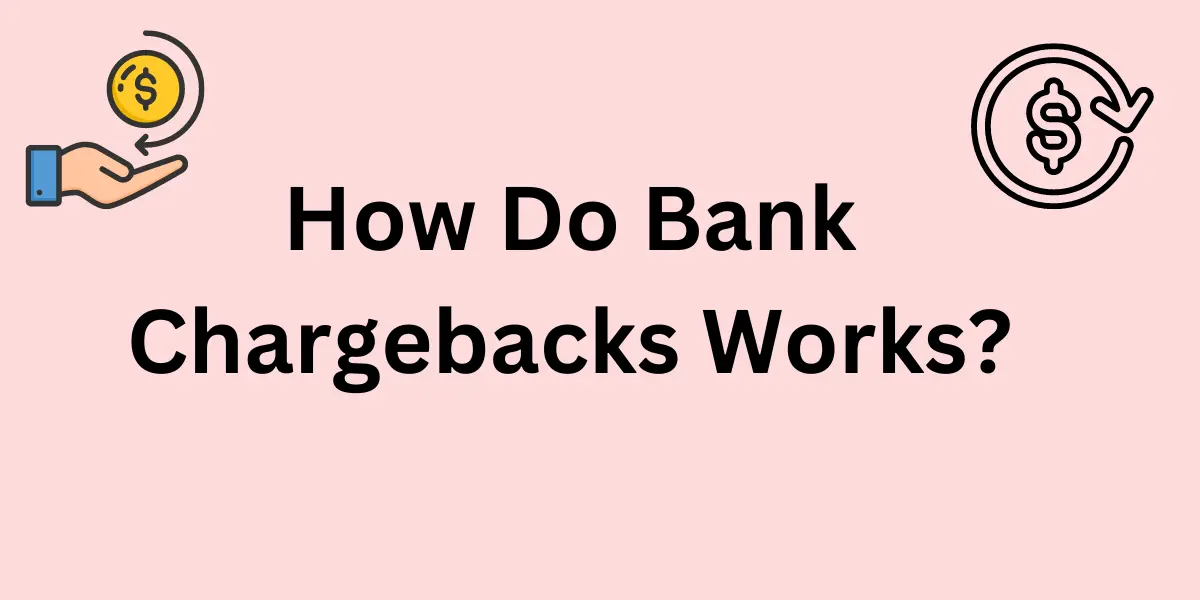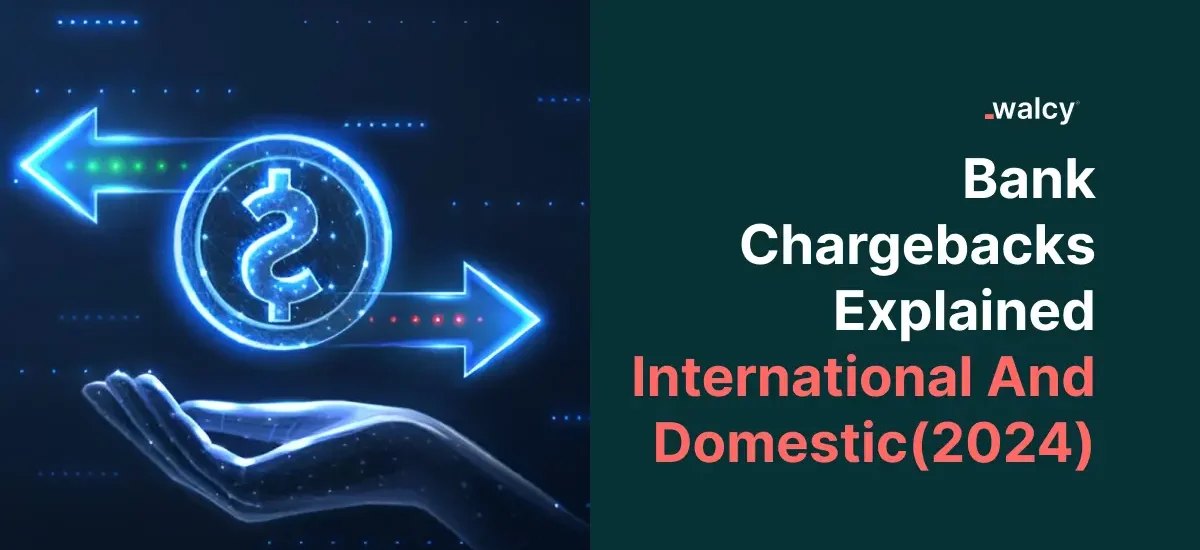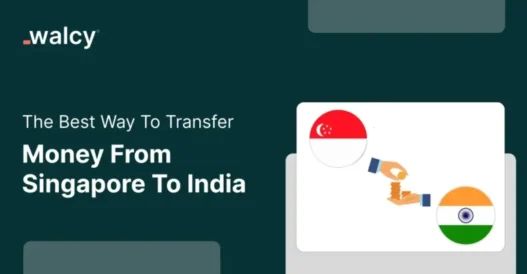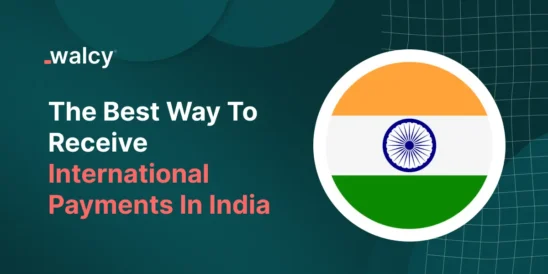Bank chargebacks are an important component of the financial market and a means for consumers to ask for reversals of unauthorized or wrongful transactions.
This guide is perfect for everyone from new business owners needing to wrap their head around domestic chargebacks to experienced merchants familiar with friendly fraud techniques in their international transactions.
We will cover exactly how chargebacks work, why they happen, and why domestic and international chargebacks are handled differently.
What Is A Bank Chargeback?
In a simple understanding, bank chargeback means the return of previously debited or credited funds. Sometimes you dispute a credit or debit charge and the bank reserves the transition and returns the funds.
It is crucial to the payment ecosystem. Through this tool, you can address fraudulent transactions and save you from undelivered or unwanted transactions.
This improves trust in online card payments. Refunds and chargebacks are very different things. Refunds are requested directly from the merchant but in case of the chargeback, the bank is responsible.
Here are some reasons it may happen if a cardholder claims fraud, services not provided, or the delivery not received. However, it is a complex process and very time-consuming. If that issue can quickly be addressed that the transaction dispute.
What Are The Different Types Of Bank Chargebacks?
The three types of bank chargebacks are explained here:
Friendly Fraud Chargeback:
It occurs when a cardholder or a customer claims a legitimate charge for not accurate. If the customer says that they have never received items or services. It can also happen if the customer received the delivery but the item is different from the description or photo.
Friendly chargeback funds are difficult to prove intent and hard to prevent. However, you can provide enough evidence to the bank that the transaction was genuine.
Criminal Fraud Chargeback:
Criminal fraud is known as genuine fraud chargebacks because it can prevent a criminal from successfully stealing funds by reversing any unlawful and suspicious card charges.
Because of these reasons, merchants should not dispute criminal fraud chargeback. It is exactly designed for fraud attempt situations. It can be prevented by using fraud detection tools to detect fraud and decline fraudulent transactions.
It is important because sometimes your card can hacked by hackers and can transfer money or buy some items from your card so chargeback is important in this context.
Merchant Error Chargeback:
Some of the chargeback happens due to a merchant error in the processing or fulfilling the purchase. The only way to avoid merchant error chargeback is to limit faults in operations and to have good customer service to deal with any problem.
How Do Bank Chargebacks Work?

Chargebacks are the multi-step process that is between the customer and their issue with the bank, the businesses acquiring the bank, and sometimes the card network.
The chargeback process depends depending upon your payment processor. It is also known as a consumer protection tool that allows cardholders to dispute transactions and receive a refund for false and unauthorized charges.
Here is how chargeback usually works:
The Cardholder Disputes The Charge:
The cardholder finds out about the transaction and raises a dispute with the financial institution that issued their card, commonly known as the issuing bank. Simply you can understand you have to initiate this process by contacting the bank to dispute the charges.
Clarifying The Reason for Dispute:
The bank or financial service provider will ask the cardholder for evidence of the dispute and they will investigate the dispute. The bank may ask for information from both the cardholder and the business. The provided evidence will determine the validity of the dispute.
Submission Of A Chargeback:
In this process, if the bank believes your claim is true, they will initiate a chargeback with the businesses receiving bank. In this process sending a notification with details of the transaction issue and the reason for chargeback is involved.
Merchant Response:
The merchant will get notified of the chargeback by their acquiring bank. They can also respond to it by providing their side evidence and fight the chargeback if they think it is not valid. This may include shipping information or talking with the cardholder.
Arbitration:
In this process, if the provided evidence by the merchant to dispute the chargeback is true then the bank has to decide in the favor of the seller and they will get money in their bank. This is not applicable though and such a situation will lead to a cardholder keeping his or her provisional credit as it is.
Final Decision:
In the final decision, the bank will decide on based evidence from both the seller and the buyer. Where a chargeback is not contested, the cardholder retains the provisional credit and the merchant becomes responsible for the disputed amount and any related charges.
Resolution:
The outcome depends on the bank’s decision. If the chargeback is not resolved in the merchant’s favor, the seller has to lose the disputed amount and incur additional fees.
Domestic vs. International Chargebacks
In this time where card transactions are commonly used worldwide, chargebacks are very common. It saves buyers from fraud and unauthorized charges. Understanding the difference between domestic and international chargeback is important for both buyer and seller. Here is the explanation of the differences in detail:
Domestic Chargebacks
Rules And Procedures:
Domestic chargebacks are controlled by national laws and regulations, which are generally easier and more common compared to international regulations. Disputing a chargeback is also simpler and it involves direct communication between the buyer, the issued bank, and the seller.
Time frames:
The time frame for solving domestic chargebacks is typically 25 to 35 days. This is because the transactions are done within the country, which allows for fast communication and decision.
Currency:
Money transactions are made in the same currency, thus avoiding the need for foreign exchange. That makes the chargeback process a lot easier to manage, without any other costs or confusion on the part of the volatile exchange rate.
Consequently, in the same domestic currency, the transactions take place and require no conversion into another currency. That makes the chargeback process more straightforward and without extra fees, or any currency exchange-rate-related issues.
Communication:
When all parties involved in a domestic chargeback operate in the same language and time zone, communication is generally smoother and disputes are resolved more quickly.
International Chargebacks
Rules And Procedures:
International chargebacks are governed by a variety of consumer protection laws and regulations which can differ significantly between the countries.
This is the reason the chargeback process is longer and more complex in comparison to domestic chargeback. This can complicate matters and delay the chargeback process, as it would require somebody to work in legal systems and legal systems to get into the legal systems and legal regulations.
Time frames:
International chargebacks usually take longer to resolve than domestic chargebacks, with a range that can extend as long as 90 days or beyond. The delay is related to the complexity of the situation and the cross-border nature of communication and coordination between many parties who must make resolution decisions.
Currency:
International transactions require converting currencies, leading to variable chargeback amounts influenced by fluctuating exchange rates. Moreover, international chargebacks can be further complicated by foreign transactions and conversion fees.
Know about foreign exchange rates
Communication:
Language disparities and time zone discrepancies can obstruct smooth communication between the cardholder, issuing bank, and merchant. It may create difficulties in addressing international chargebacks.
In summary, domestic and international chargebacks aim to safeguard consumers from fraudulent activities, yet their processing and resolution methods greatly vary. Consumers and merchants need to comprehend these disparities to manage chargebacks successfully.
Conclusion
Bank chargebacks play an important role in the payment system, providing consumers with security while creating obstacles for merchants. Distinguishing between domestic and international chargebacks is valuable for both parties in managing disagreements efficiently.
Staying updated and implementing effective strategies enables consumers to safeguard against fraud and helps merchants reduce the repercussions of chargebacks on their operations.
If you need to make regular international transactions, you should use global account to save your cost.
Also if you wish to know the differences between normal bank account and global account.
FAQs
What Is A Chargeback?
Chargeback is a process where a seller disputes the transaction on their card, seeking a cashback due to service not as described, a product not like a photo, or an unauthorized transaction.
What Is The Difference Between Domestic And International Chargebacks?
The main difference between domestic and international chargebacks is time and regulations. Domestic chargebacks take less time and need to cope with only single jurisdiction but international chargeback is time consuming along as it needs to cope with the regulations of different countries.
How Can Merchants Prevent Chargebacks?
Merchants can prevent chargebacks by providing clear refund policies, providing good customer service, and keeping the proper details of transactions. They can also use tools for fraud detection.
What Steps Are Involved In The Chargeback Process?
The chargeback process consists of the cardholder initiating the chargeback, the issuing bank conducting an investigation, a temporary reversal of funds, a response from the merchant, and the issuing bank making a final decision based on the information presented.
Why Are International Chargebacks More Complex?
International chargebacks are more complex because of many different banking regulations across countries, currency exchange problems, time differences, and communication barriers. It is also time-consuming for multiple jurisdictions and international banks.
Do follow us on Facebook and LinkedIn, to stay connected with us.



